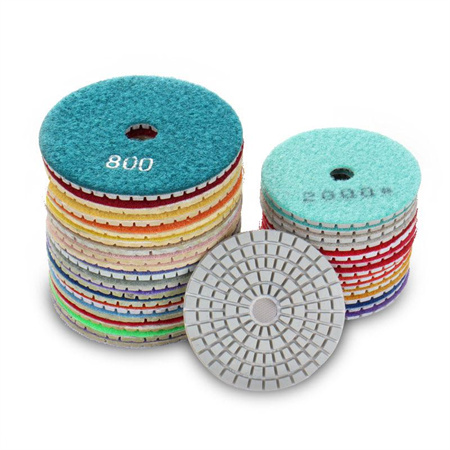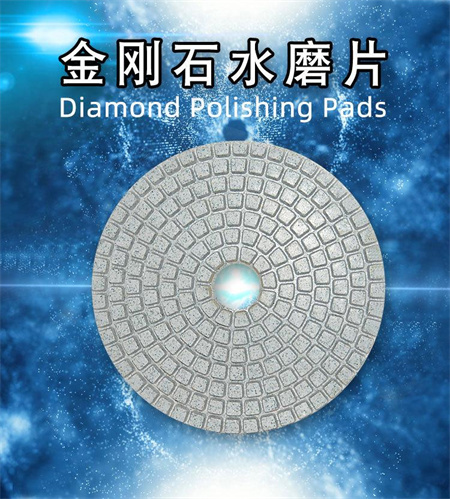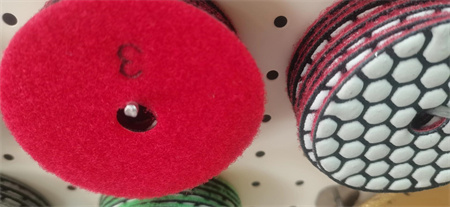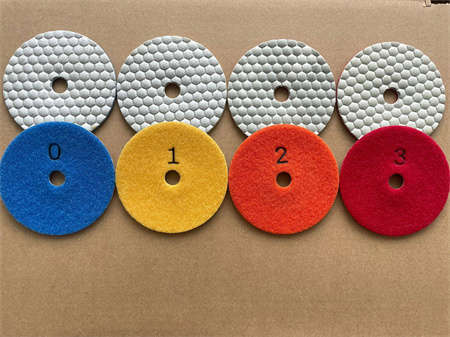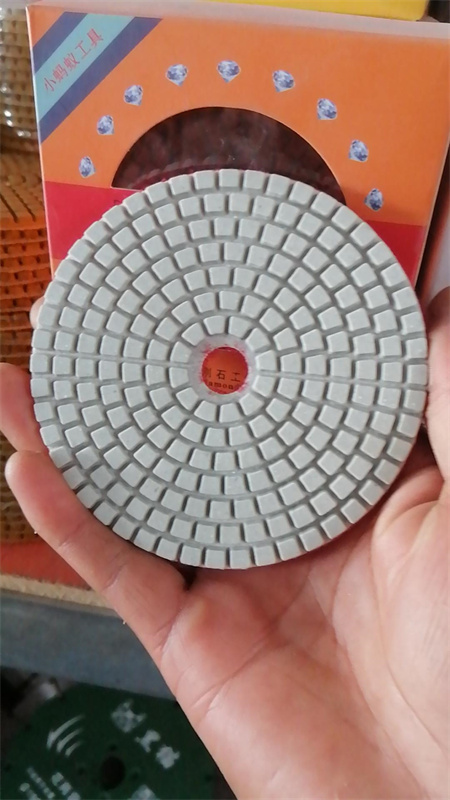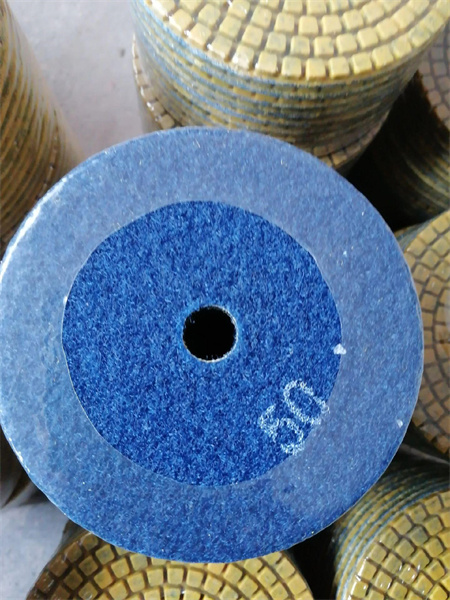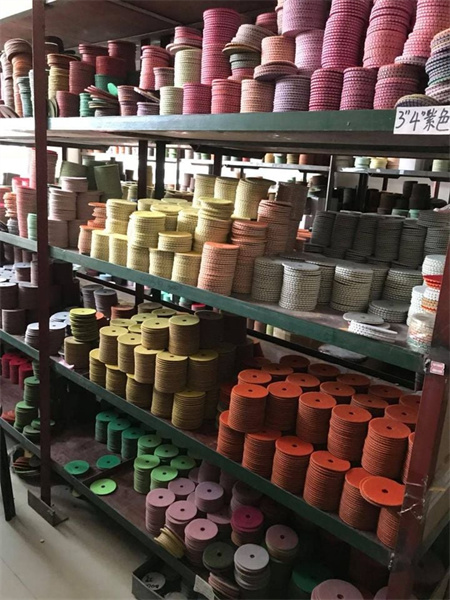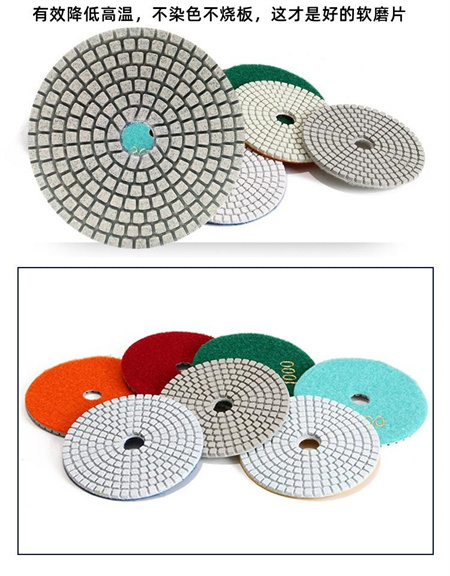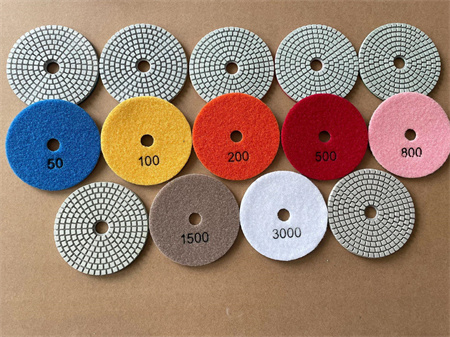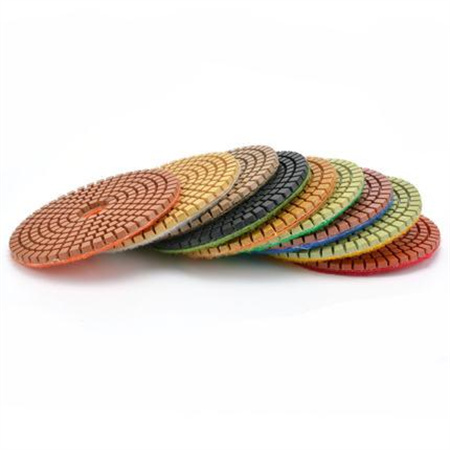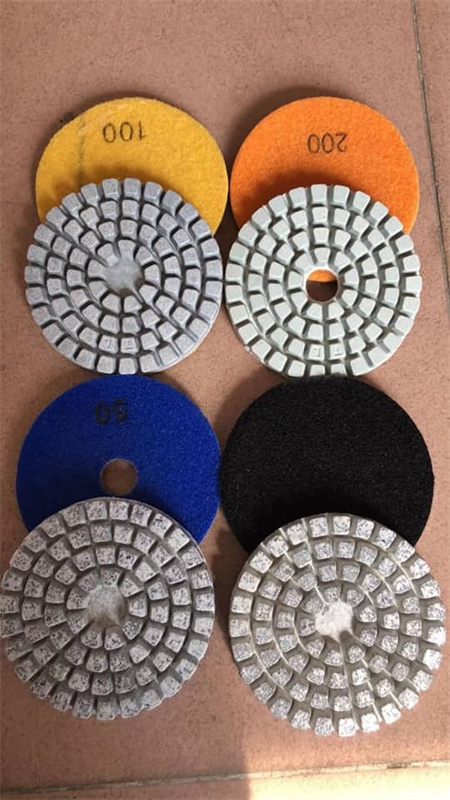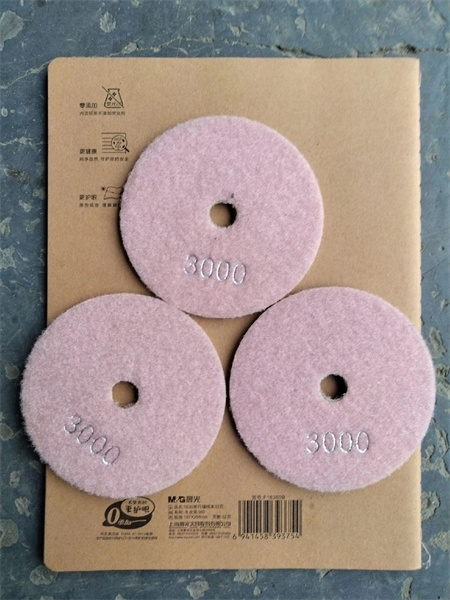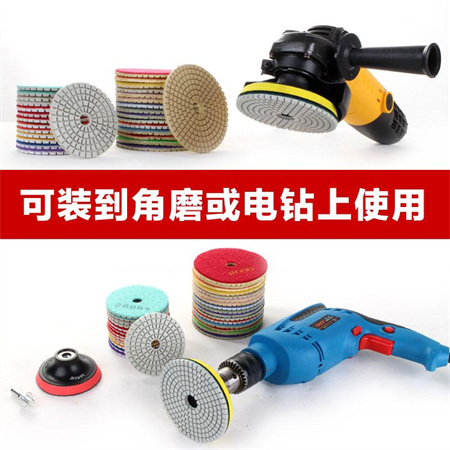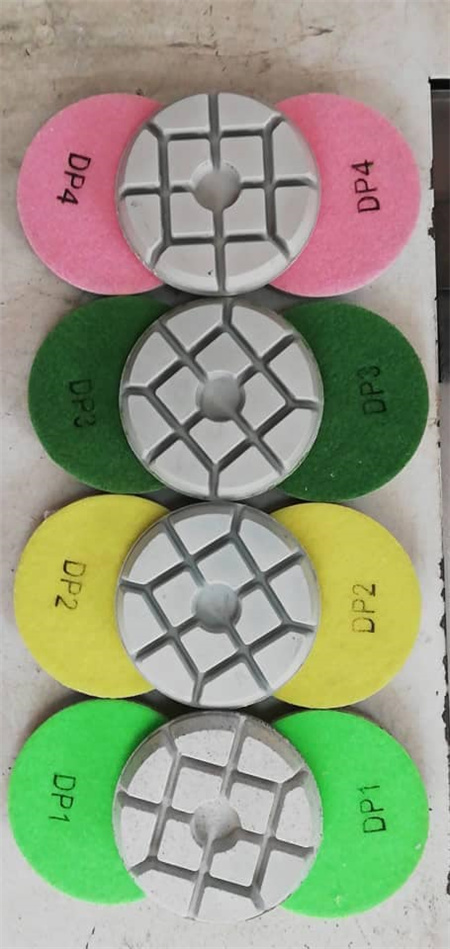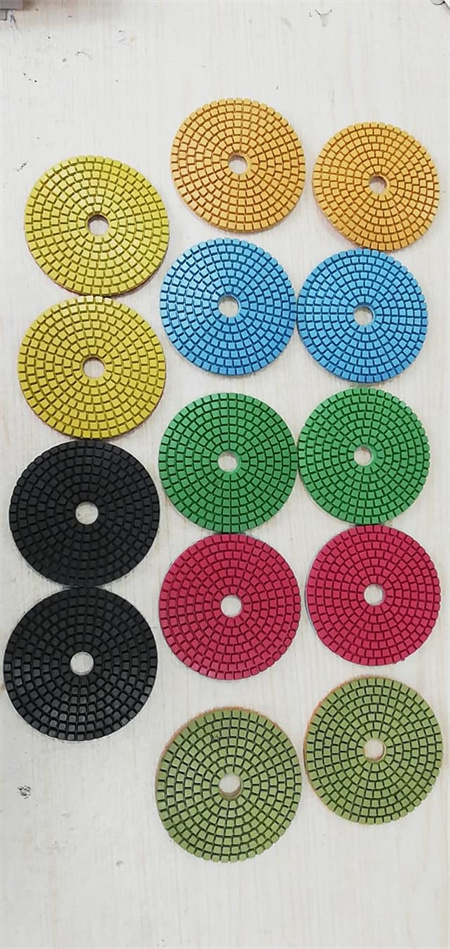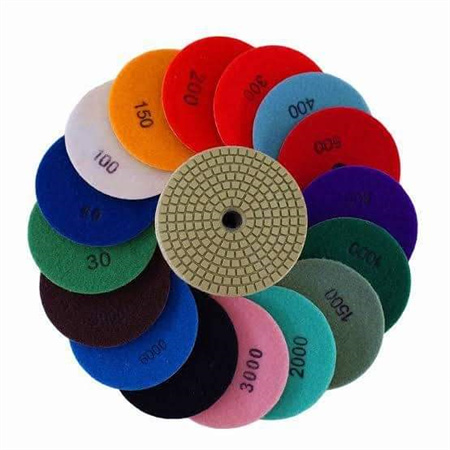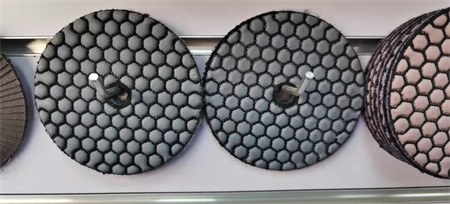If you’re looking for a reliable China polishing pad manufacturer with an extensive bulk export service, you’ve come to the right place. The demand for high-quality polishing pads has surged in various industries, from automotive to electronics and even marble flooring. As businesses around the world seek effective ways to maintain their products’ surfaces, the role of precision and durable polishing pads has never been more important.

Polishing pads are essential tools for achieving a smooth, refined finish, whether you’re working on a car’s paintwork, restoring countertops, or refining delicate components in electronics manufacturing. What sets a top-tier polishing pad manufacturer apart from the rest is not just the quality of the materials used but also the manufacturer’s ability to meet the diverse needs of clients globally. Whether you need customized pads, specific sizes, or certain abrasive properties, a reliable Chinese manufacturer has you covered.
In China, manufacturing capabilities are vast, and the bulk export service offered by many suppliers has made them a go-to choice for international buyers. With efficient production lines, competitive prices, and the ability to scale up for large orders, these manufacturers are equipped to handle the volume required for large-scale commercial use. This is especially advantageous for companies looking to source high-quality polishing pads at an affordable price without compromising on performance.
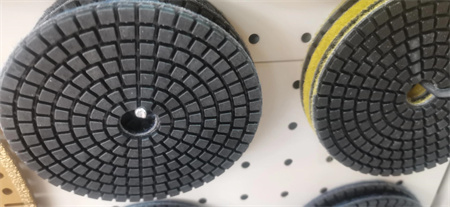
The best manufacturers pay attention to every detail, from the choice of materials to the design of the pads themselves. Whether made from wool, foam, or other synthetic materials, each pad is engineered to meet specific needs, whether for light-duty or heavy-duty polishing tasks. The consistency and uniformity of these pads ensure that users can achieve professional results every time, which is why many industries trust Chinese manufacturers for their polishing needs.
China’s global presence as a supplier of polishing pads is only growing. With streamlined export processes and an understanding of international standards, Chinese manufacturers are making it easier than ever to source bulk quantities of premium polishing pads. Whether you’re looking for a reliable partner for your production line or need to stock up on pads for your service-based business, there is no shortage of options to meet your needs.
In conclusion, choosing the right China polishing pad manufacturer with bulk export service means finding a partner that can deliver high-quality products, exceptional service, and reliable shipments. With advanced manufacturing processes and a commitment to customer satisfaction, it’s easy to see why these manufacturers are a top choice for businesses around the world.

